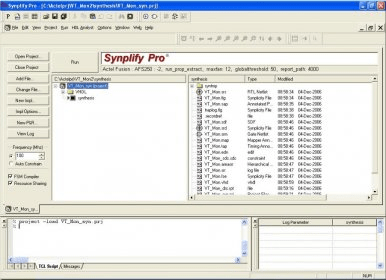
GENERAL NOTICE: Other product names used in this publication are for identification purposes only and may be trademarks of their respective holders. The use of the word "partner" does not imply a legal partnership between Lattice and any other entity. Lattice Semiconductor Corporation, Lattice Semiconductor (& design) and specific product designations are either registered trademarks or trademarks of Lattice Semiconductor Corporation or its subsidiaries in the United States and/or other countries. Our technology, long-standing relationships, and commitment to world-class support lets our customers quickly and easily unleash their innovation to create a smart, secure and connected world.įor more information about Lattice, please visit You can also follow us via LinkedIn, Twitter, Facebook, YouTube, WeChat, Weibo or Youku. We solve customer problems across the network, from the Edge to the Cloud, in the growing Communications, Computing, Industrial, Automotive, and Consumer markets. Lattice Semiconductor (NASDAQ: LSCC) is the low power programmable leader. Radiant 3.0 averages a 15 percent reduction in runtime and a 7 percent increase in design performance in comparison to the previous release.įor more information about the Lattice technologies mentioned above, please visit This dramatically speeds the iterative design process by helping designers evaluate "what-if" scenarios and re-run timing analysis without having to re-run mapping and place-and-route. In Radiant 3.0, timing analysis has been separated from other operations so it can run independently. In Radiant 3.0, timing constraints and timing analysis are unified across both synthesis engines. Radiant allows the user to choose between the Lattice Synthesis Engine (LSE) and the Synplify Pro® synthesis engine. Improved signal traceability throughout the design flow via the graphical user interface (GUI) to help designers trace a signal between the HDL source to the RTL view, and to the technology view and back again. The SERDES analysis tools in Radiant 3.0 have been enhanced to accommodate the higher SERDES bandwidths supported by CertusPro-NX devices. "The Lattice Radiant tool has a modern user interface that is highly intuitive and very easy to use, which reduces design complexity and helps us get products to market faster."
#Synplify pro reviews software#
"As a leading provider of FPGA-based SoM solutions for the industrial and automotive markets, we have decades of experience working with various software tools used in hardware development," said Antti Lukats, CTO, Trenz Electronic GmbH.

They also evaluate the design software used to configure the hardware for its ease of use and supported features, as those characteristics can have a significant impact on overall system development time and cost. When system developers evaluate hardware platforms, the actual hardware is only a part of their selection criteria. The tool supports higher density devices like the new Lattice CertusPro™-NX family – the latest family based on the Lattice Nexus™ platform – and offers new features that make it faster and easier than ever to develop Lattice FPGA-based designs. HILLSBORO, Ore., June 23, 2021-( BUSINESS WIRE)- Lattice Semiconductor Corporation (NASDAQ: LSCC), the low power programmable leader, today announced availability of the latest version of its popular software design tool for use with low power Lattice FPGAs, Lattice Radiant® 3.0.


 0 kommentar(er)
0 kommentar(er)
